Price action trading is not just trading pin bars or engulfing patterns.
Rather, it’s reading the sentiment of the markets, identifying areas of value, and trading along the path of least resistance.
And yes, price action trading can be complemented with indicators. It’s about understanding your trading tools and knowing how to apply it effectively.
So, in today’s lesson…
You’ll learn 10 price action trading tips that will improve your trading performance immediately.
Ready?
Then let’s begin.
1. Avoid trading when the market is far away from the moving average
When the market is trending, it tends to mean revert towards the moving average.
Depending on the type of trend you’re in:
- In a strong trend, the market tends mean revert to the 20 MA.
- In a normal trend, the market tends to mean revert to the 100 MA
- In a weak trend, the market tends to mean revert to 200 MA
Thus, the last thing you want to do is enter a trade when the market is far away from it’s moving average.
Here’s what I mean.
The price is far away from 100 MA on Microsoft Corp. Daily timeframe:
The price is far away from 20 MA on Microsoft Corp. Daily timeframe:
Pro tip:
You need to identify the moving average that is currently being “respected” by the markets.
In a strong trending market, the moving average value is lower, and in weak trending markets, the moving average value is higher.
If you want to learn how to trade with moving averages, I would recommend reading Moving Average 101, by Steve Burns.
2. Support & resistance helps you identify areas of value to trade from
You want to buy low and sell high, right?
But the question is:
How do you define what’s low and what’s high?
Allow me to introduce to you…
Horizontal support & resistance
This is useful because it helps you identify areas of value on the chart.
Support – Area on the chart where you’re are looking to buy “low”
Resistance – Area on the chart where you’re looking to sell “high”
Here are a few examples.
Ranging market on Advanced Micro Devices Inc. Daily timeframe:
Ranging market on Advanced Micro Devices Inc. 4-hour timeframe:
Also, moving average helps you identify areas of value in the form of…
Dynamic support & resistance
These are Support & Resistance that moves along with the price.
Dynamic support occurs in an uptrend, and dynamic resistance in a downtrend.
They can be identified using moving averages. (I use 20 & 50 EMA).
This is what I mean…
Dynamic support on Advanced Micro Devices weekly timeframe:
Dynamic support on HDFC BANK 4-hour timeframe:
Pro tip:
In a strong trending market, the price may not pullback towards horizontal support & resistance (which cause a lot of traders to miss the trend).
Instead, they tend to pullback towards dynamic support & resistance, which is an area of value you must pay attention to.
3. Trading at support & resistance gives you favorable risk to reward
Here’s the thing…
If you enter trades in the middle of a range, it never gives you a favorable risk to reward (at best 1 to 1).
An example…
Poor risk to reward ratio on JEF daily timeframe:
But…
If you enter trades at support & resistance, it would greatly improve your risk to reward.
Here’s what I mean…
Good risk to reward ratio on JEF daily timeframe:
Pro tip:
The risk to reward profile is only one side of the equation. The other thing you need to take into account is the probability of your trade working out.
4. The longer it ranges the harder it trends
If there is a sudden range expansion in a market that has been trading narrowly, human nature is to try and fade that price move. When you get range expansion, the market is sending you a very loud, clear signal that the market is getting ready to move in the direction of that expansion. – Paul Tudor Jones
If you notice the price has been ranging for a long time, you’re not alone.
Traders all around the world will be seeing the same charts as you.
Some will be queuing to short the resistance, and some will be trading the breakout.
If the price does trade above the resistance, shorts will get squeezed, and breakout traders will hop on the bandwagon.
That’s why price trend for a sustained period of time, due to the imbalance of buying/selling pressure.
Here are a few examples…
Strong trending market on SBIN weekly timeframe:
Strong trending market on BA weekly timeframe:
You’re probably wondering:
I don’t have the patience to wait this long. I want to capture big moves in the market, now.
And this is what I’ll cover next…
5. Narrow range candles usually lead to explosive moves
You’ve learnt that the longer price range, the harder it’ll trend. Now, you can take this concept further and apply it to the range of candles (instead of time).
The thing you’re looking out for is… narrow range candles.
Why?
Because you can expect an explosive move to occur soon.
Here are a few examples…
Explosive moves on US 100 weekly timeframe:
Explosive moves on JPM daily timeframe:
So, when you get series of narrow range candles, get ready for an explosive move.
These findings can be validated by the works of Adam Grimes, Tony Crabel, and Mark Minervini.
6. Wide range candles serve as “hidden” support & resistance
A wide range candle is formed due to an imbalance of buying/selling pressure.
This represents “hidden” Support & Resistance in the markets (known as Supply & Demand by Sam Seiden)
Here’s what I mean…
Wide range of candles on S&P500 daily timeframe:
Wide range of candles on JPM daily timeframe:
There are traders who swear by Supply & Demand, and some who do just fine, with Support & Resistance.
Here’s the thing…
You don’t want to trade them in isolation, but use them with other technical tools, that add confluence to your trades.
7. False breakout provides one of the best entry to profit from “trapped” traders
First, let me explain what is a false breakout.
I define false breakout when price breaks support or resistance, only to close back into the range.
Here’s what I mean…
False breakout on GILD daily timeframe:
False breakout on DOOX daily timeframe:
Why is this one of the best times to enter a trade?
Because you’re taking advantage of traders who are being “trapped”.
Imagine:
A trader, called Michael, went long on the break of resistance because he expects a rally.
After a few candles, price traded against him and closed under resistance.
At this point…
Michael is “trapped”. And chances are, there are many traders like Michael, who took the same breakout trade and are “trapped”.
Now, a proficient trader can take advantage of this.
How?
By shorting the false breakout, with expectations that the “trapped” traders would cut their trade, and fuel further price decline.
And this my friend is the power of false breakout.
8. Trading with the trend gives you greater profit potential
A mistake made by many traders is that they become so involved in trying to catch the minor market swings that they miss the major price moves. – Jack Schwager
One of the best ways to improve your trading performance is, trading with the trend (and not against it).
This greatly increases the odds of your trade working out, and gives you a greater profit potential.
Here’s what I mean…
Trending market on DOX daily timeframe:
Trending market on DOX daily timeframe:
9. Continuation patterns work best in trending markets
You may wonder:
What are continuation patterns?
They’re chart patterns such as flags, pennants, triangles etc.
And…
A big mistake traders make is, to trade these patterns in a range market.
An example…
Continuation patterns in a range on DOX daily timeframe:
So, when is the best time to trade continuation patterns?
…
…
…
You guessed it, in a trending market.
An example…
Continuation patterns in a trending market on WTICOUSD daily timeframe:
Moving on…
10. How to tell when a trend is ending
These are 3 things I’ll look out for:
- A “respected” moving average is broken
- Break of structure
- Break of trendline
An example…
Sign of a trend reversal on DOX weekly timeframe:
Let’s look at it one by one…
- Price broke and closed below the 50 EMA, which was dynamic support that has been “respected” by the markets
- Price broke and close below the trendline
- A new structure low in the market is formed. Now you’ve got a lower high and lower low
When you’ve got all 3 factors lined up, it increases the odds that the trend is over.
Here’s another example…
Sign of a trend reversal on DOX weekly timeframe:
To recap, these are 10 price action trading tips you’ve learned today…
- Avoid trading when the market is far away from the moving average
- Support & resistance helps you identify areas of value to trade from
- Trading at support & resistance gives you favorable risk to reward
- The longer it range the harder it trends
- Narrow range candles usually lead to explosive moves
- Wide range candles serve as “hidden” support & resistance
- False breakout provides one of the best entry to profit from “trapped” traders
- Trading with the trend gives you greater profit potential
- Continuation patterns work best in trending markets
- A break of structure, trend line, and moving average usually indicates the trend is coming to an end
Now, if you found this post useful, then you’ll love Price Action Trading Secrets.
A 140-page colour trading book that shows you how to read the language of the market so you can better time your entries, exits, and even “predict” market turning points. You can get a copy here.



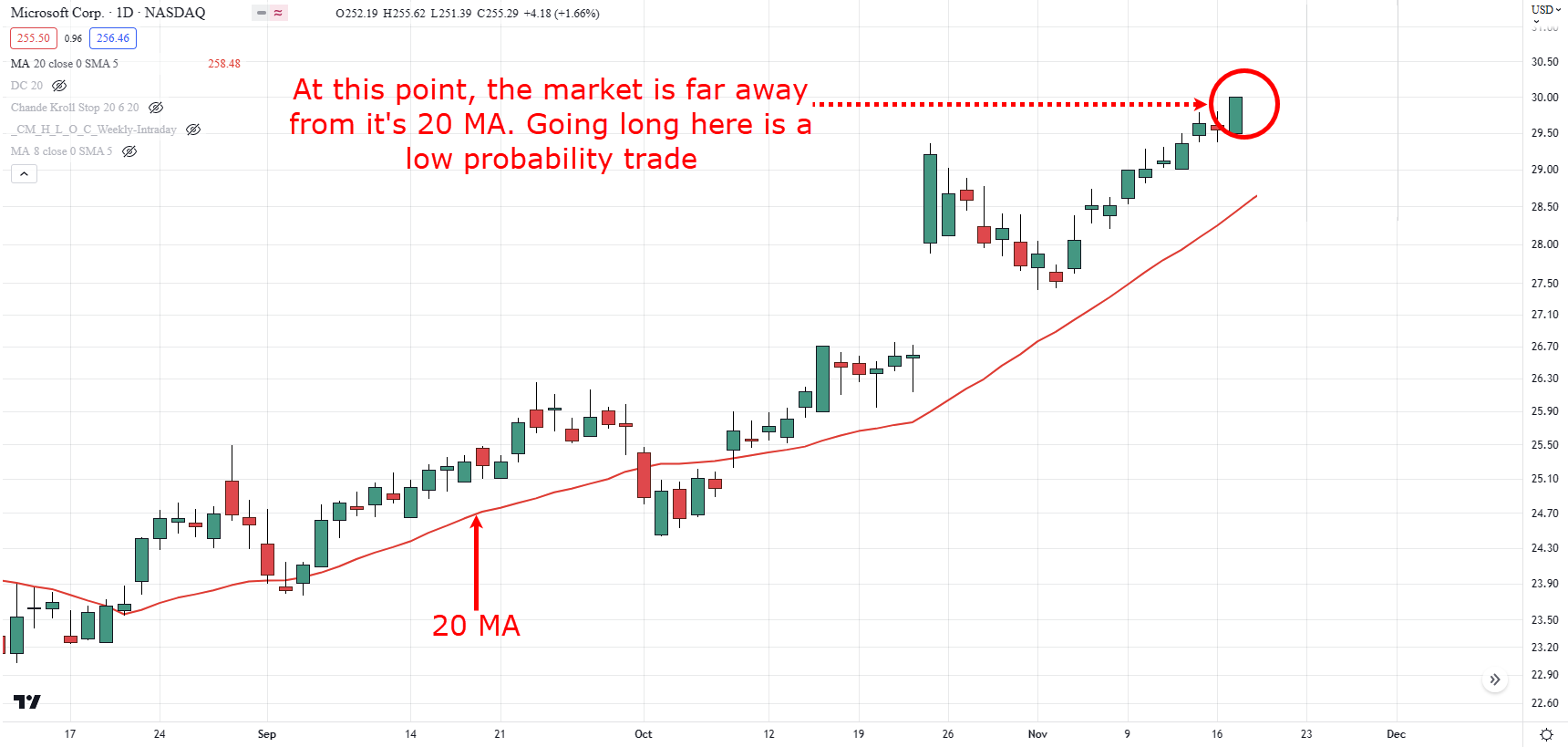



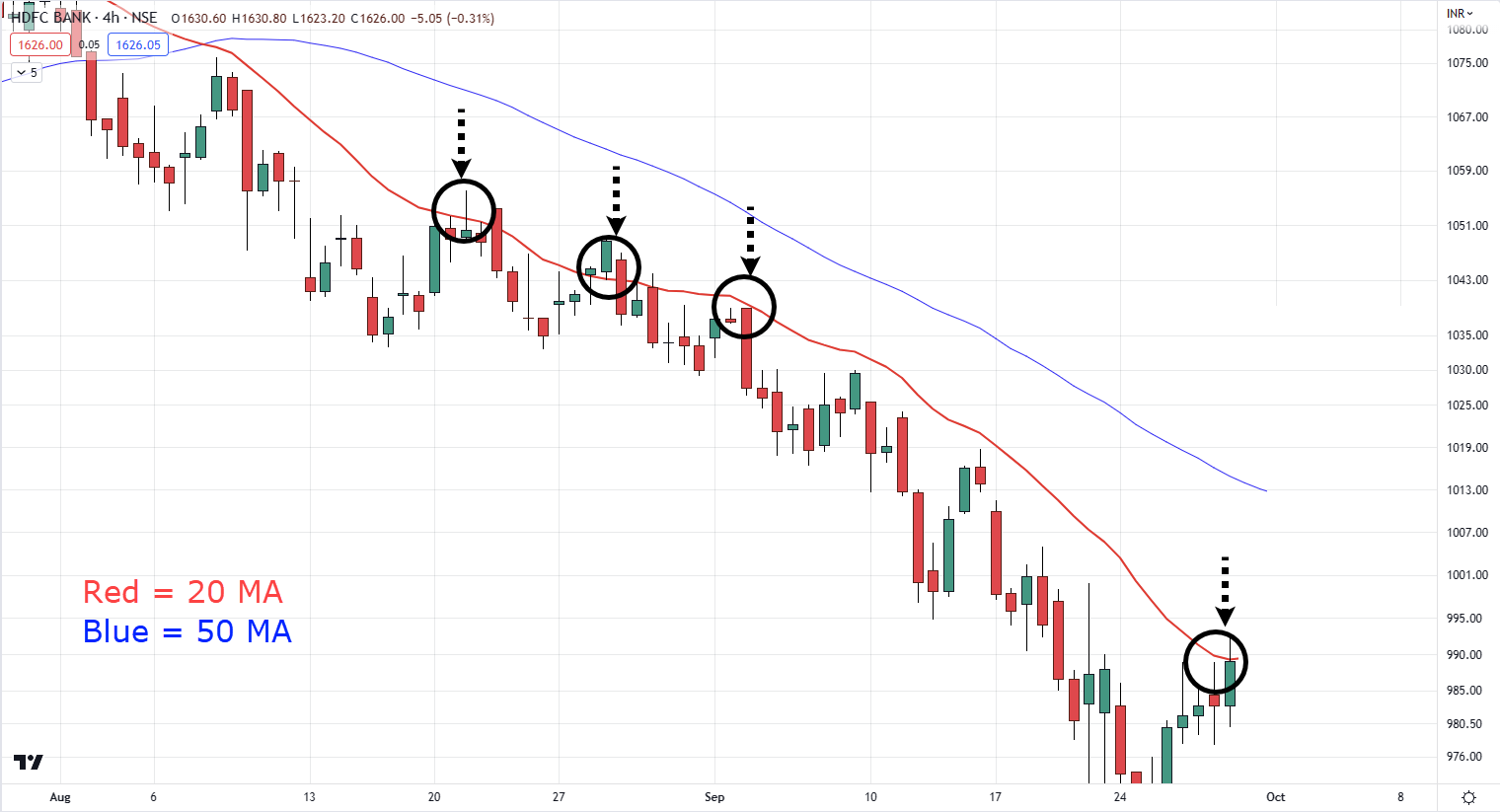
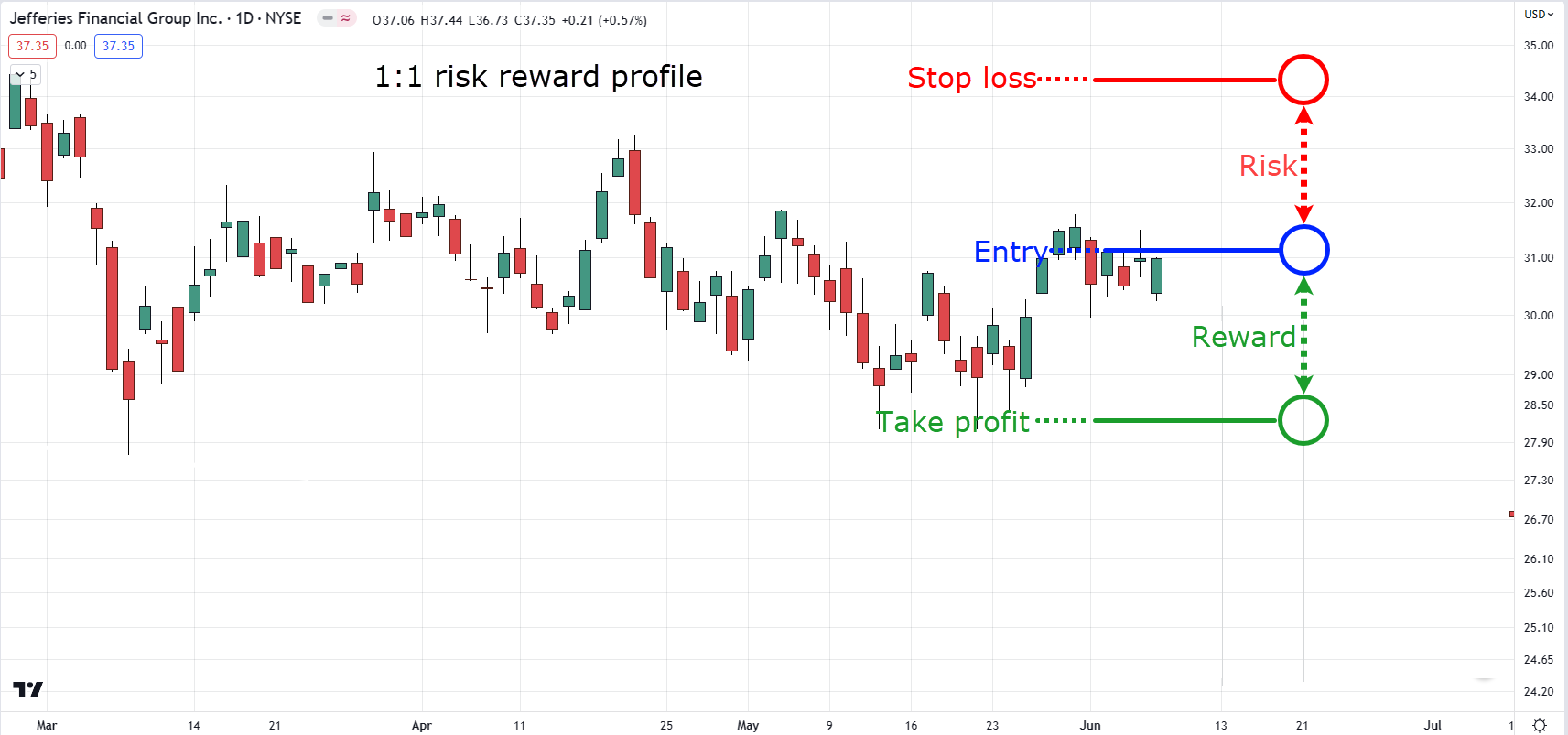




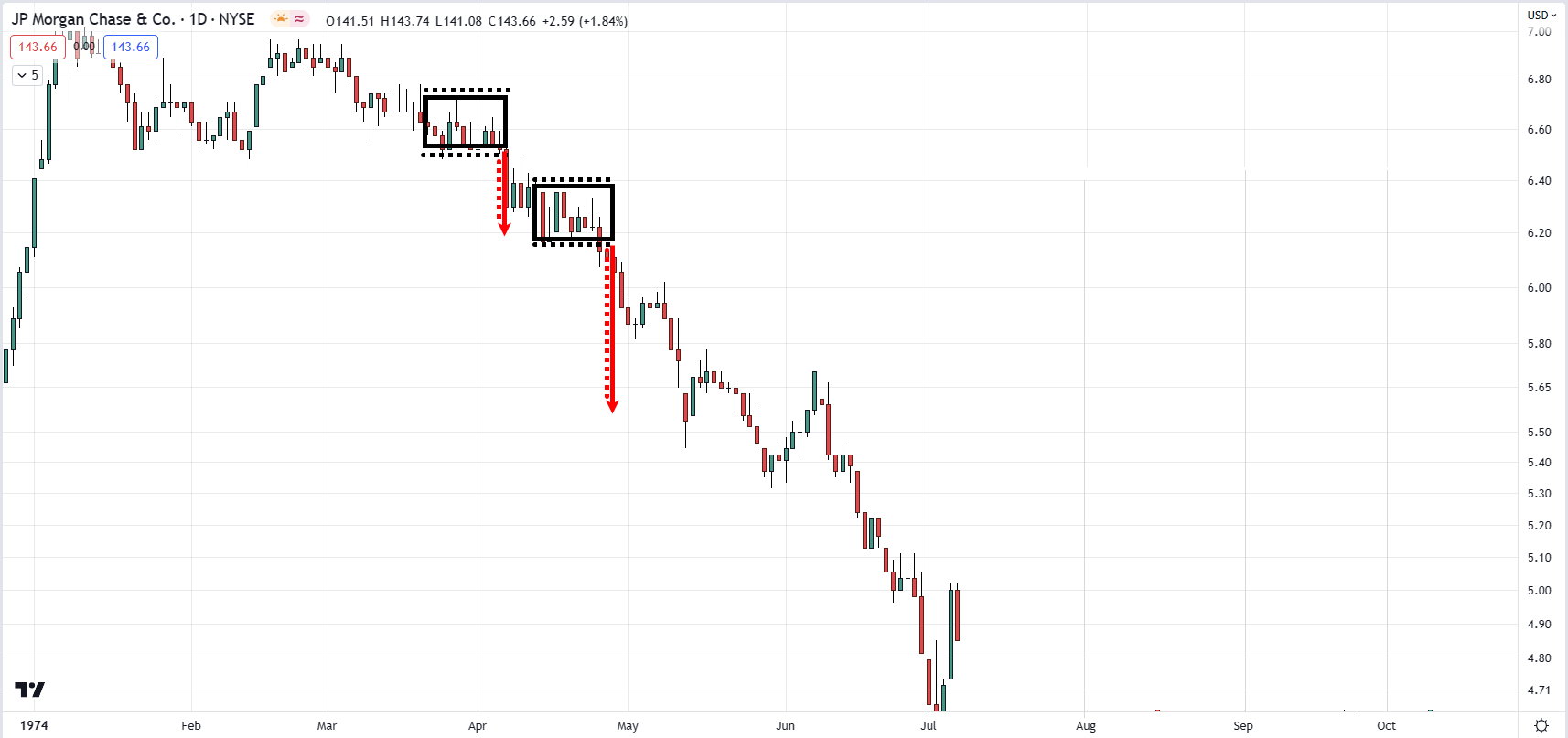
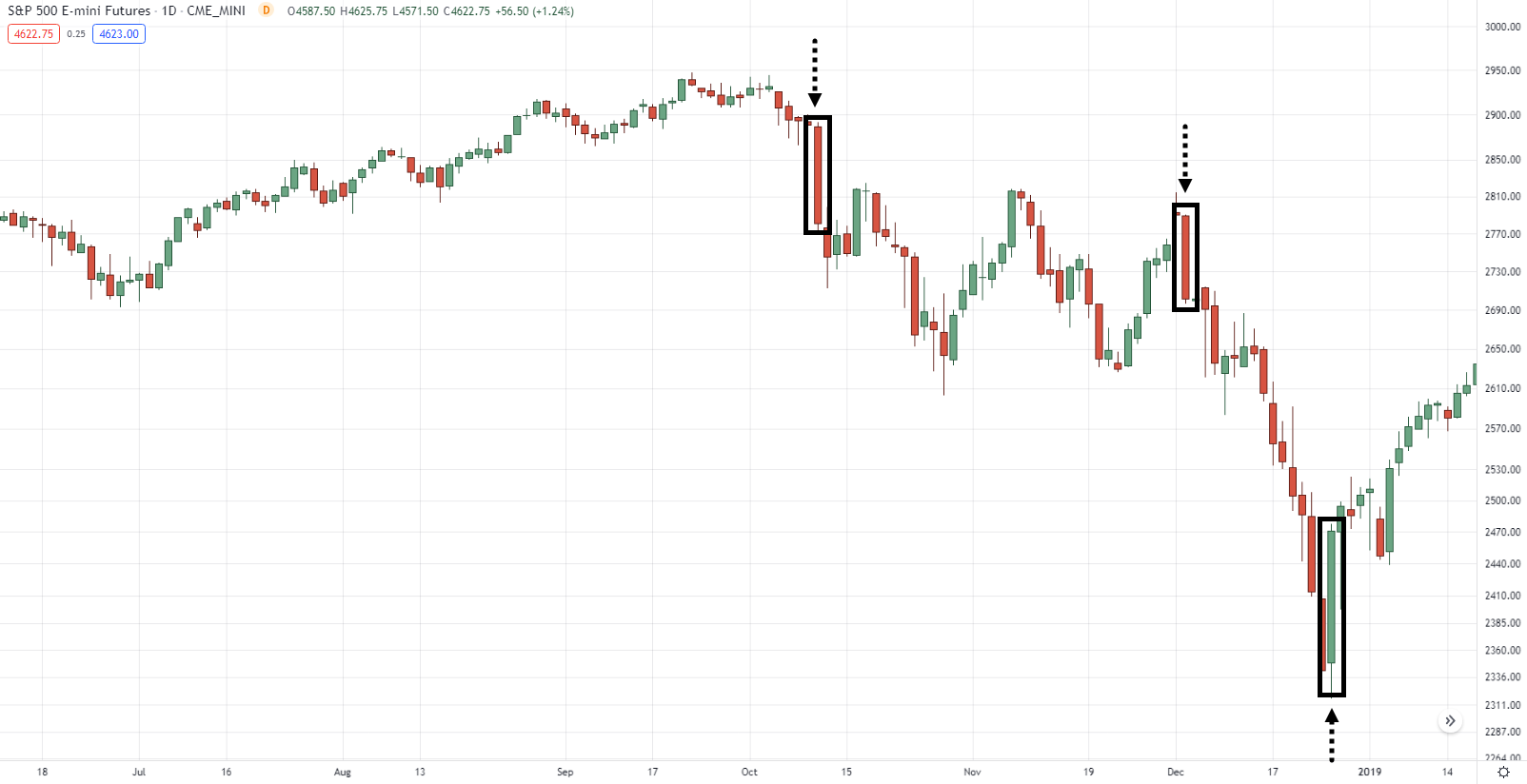


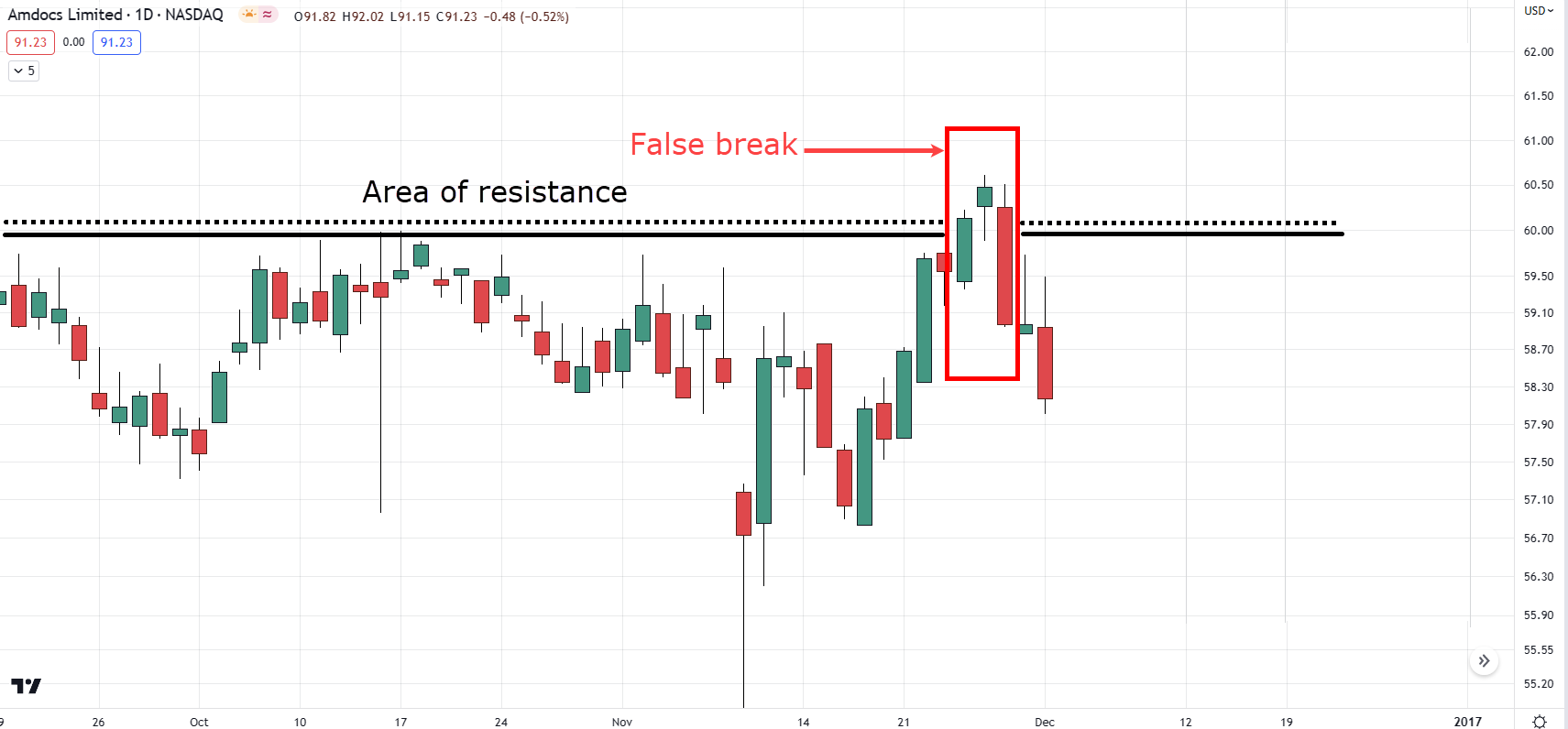

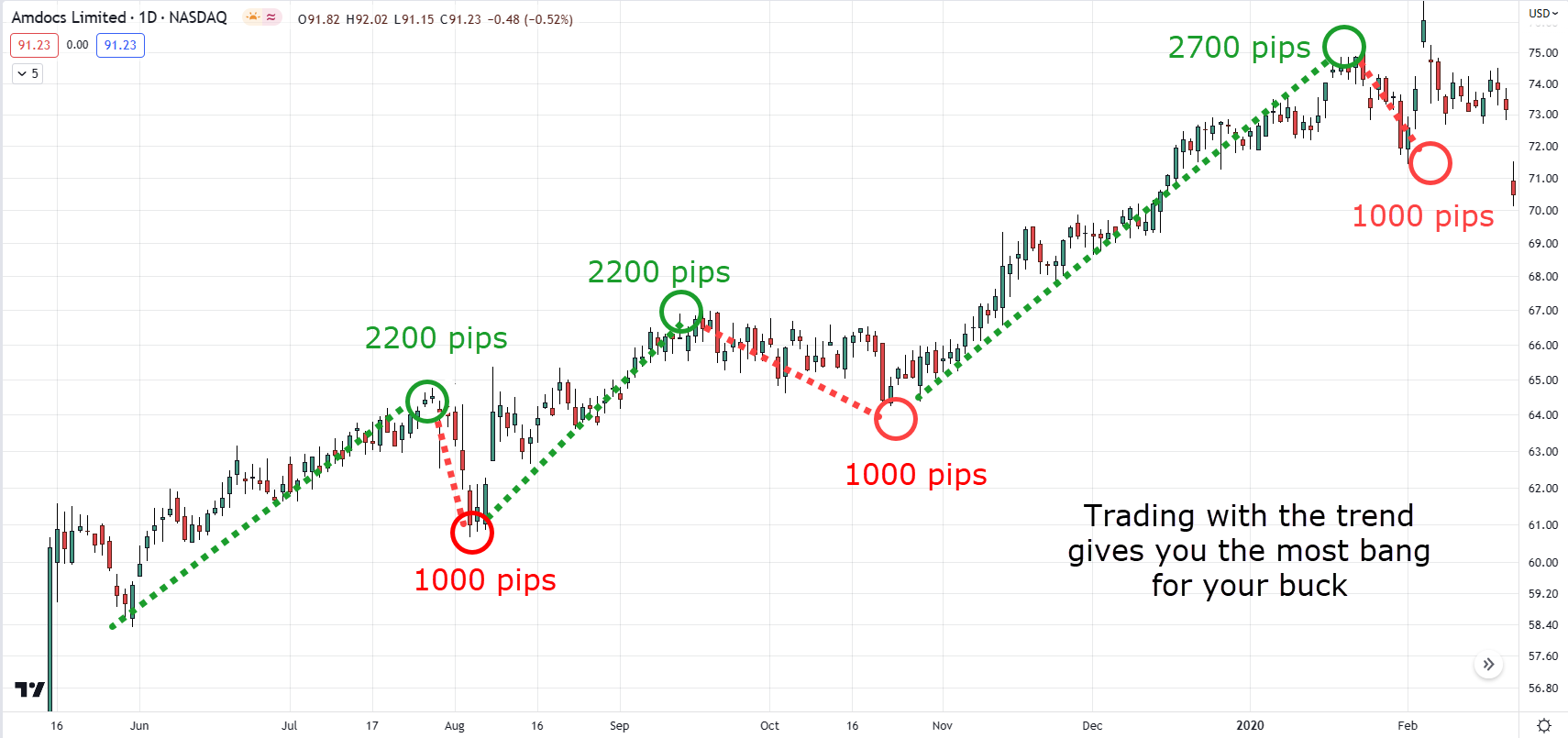


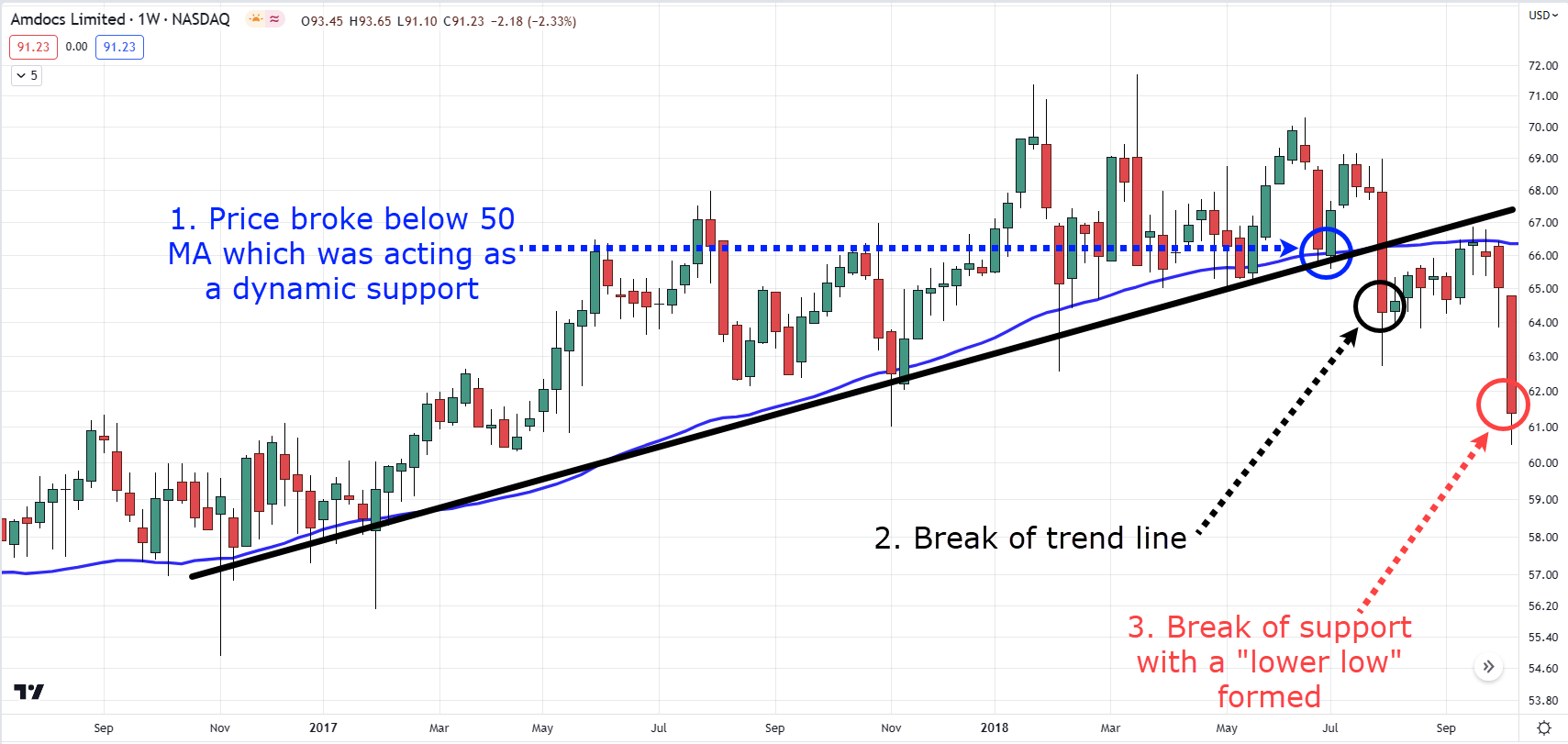
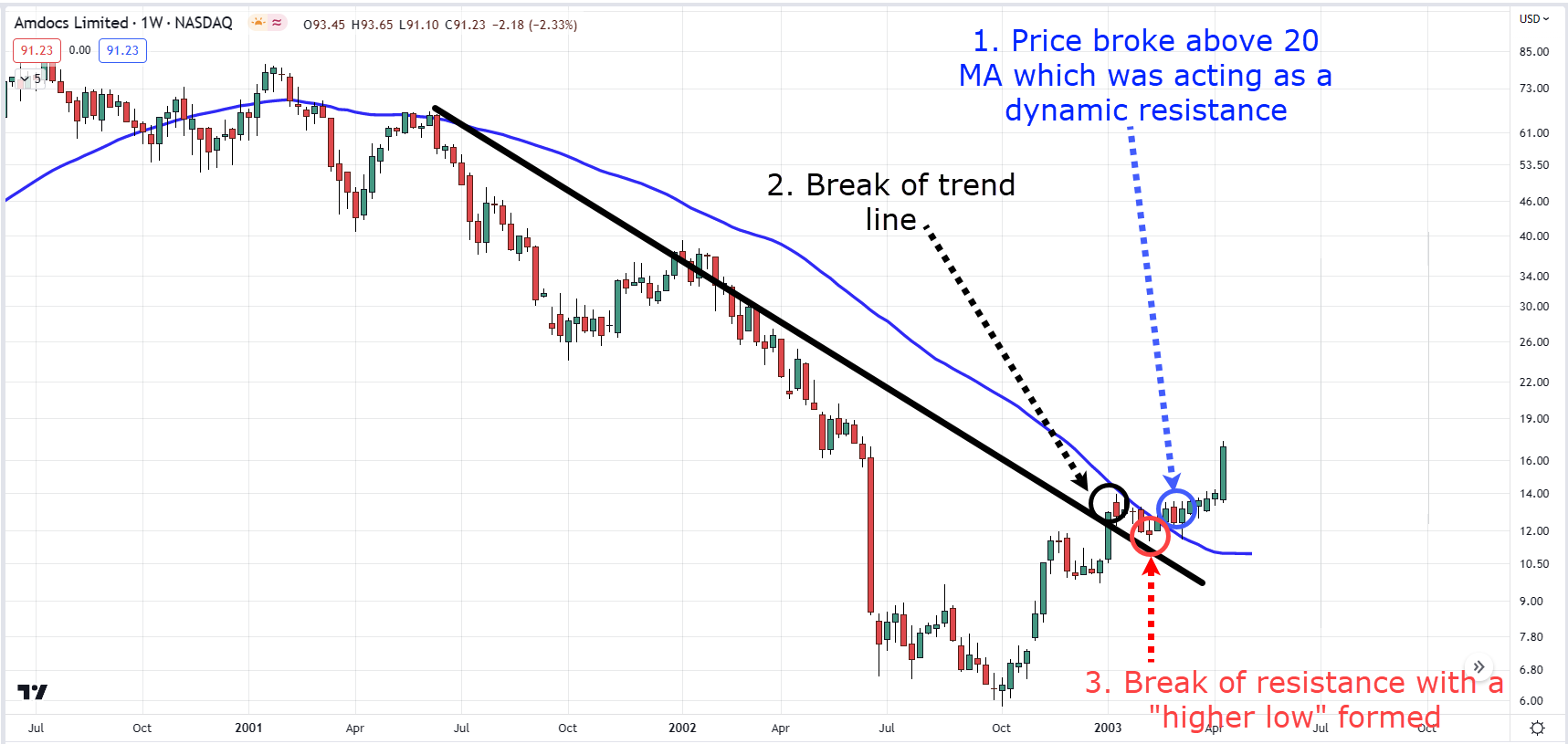
I just wanted to express my gratitude for the valuable insights you provide through your blog. Your expertise shines through in every word, and I’m grateful for the opportunity to learn from you.
https://vitz.ru/forums/index.php?autocom=gallery&req=si&img=4808
http://toyota-porte.ru/forums/index.php?autocom=gallery&req=si&img=3319
http://passo.su/forums/index.php?autocom=gallery&req=si&img=4328
https://vitz.ru/forums/index.php?autocom=gallery&req=si&img=4916
https://vitz.ru/forums/index.php?autocom=gallery&req=si&img=4854
https://hrv-club.ru/forums/index.php?autocom=gallery&req=si&img=6978
https://vitz.ru/forums/index.php?autocom=gallery&req=si&img=4837
https://myteana.ru/forums/index.php?autocom=gallery&req=si&img=6926
https://honda-fit.ru/forums/index.php?autocom=gallery&req=si&img=7137
https://honda-fit.ru/forums/index.php?autocom=gallery&req=si&img=7204
https://mazda-demio.ru/forums/index.php?autocom=gallery&req=si&img=6437
Modestov & Rodionov – – Снегири (Иванушки Int. Cover) скачать песню бесплатно в mp3 и слушать онлайн https://shorturl.fm/C3Z3Z
Кахун Токбаев – Чёрная Мамба скачать песню бесплатно в mp3 и слушать онлайн https://shorturl.fm/5UIBn
Марлины – Пляж скачать и слушать песню бесплатно https://shorturl.fm/UOGAn
Misha Xramovi – Душистый План скачать песню и слушать онлайн https://shorturl.fm/7dDRc
Misha Xramovi – Душистый План скачать песню и слушать онлайн https://shorturl.fm/7dDRc
https://hrv-club.ru/forums/index.php?autocom=gallery&req=si&img=6894
Чина – Как Быть скачать песню и слушать онлайн https://shorturl.fm/9mje8
Yadavit – Мнемоник скачать mp3 и слушать онлайн https://shorturl.fm/57Mzf
Nichka – Краплями скачать mp3 и слушать онлайн https://shorturl.fm/efgNe
Pomni feat. Lepnina – На Поле скачать и слушать песню https://shorturl.fm/8Ev1v
Супер Жорик (Михаил Галустян) – Хочу тибя любицца скачать песню и слушать бесплатно https://shorturl.fm/4Na4y
reDaktor – Алой Помадой скачать песню и слушать онлайн
https://allmp3.pro/3320-redaktor-aloj-pomadoj.html
Марк Тишман – Найдётся скачать песню и слушать онлайн
https://allmp3.pro/3039-mark-tishman-najdetsja.html
Ixsite Feat. & Mechevaya – Камин скачать песню и слушать онлайн
https://allmp3.pro/3018-ixsite-feat-mechevaya-kamin.html
Татьяна Чубарова – Гармонист скачать песню и слушать онлайн
https://allmp3.pro/2771-tatjana-chubarova-garmonist.html
Anelia – Няма Драма скачать песню и слушать онлайн
https://allmp3.pro/2922-anelia-njama-drama.html
Комиссар – Всё Изменится ( 2005 ) скачать песню и слушать онлайн
https://allmp3.pro/2421-komissar-vse-izmenitsja-2005.html
Город 312 – Мелодрама скачать песню и слушать онлайн
https://allmp3.pro/3246-gorod-312-melodrama.html
Katerina Fetisova – Идеальный скачать песню и слушать онлайн
https://allmp3.pro/3061-katerina-fetisova-idealnyj.html
TUMANOVA – Здравствуй! скачать песню и слушать онлайн
https://allmp3.pro/2434-tumanova-zdravstvuj.html